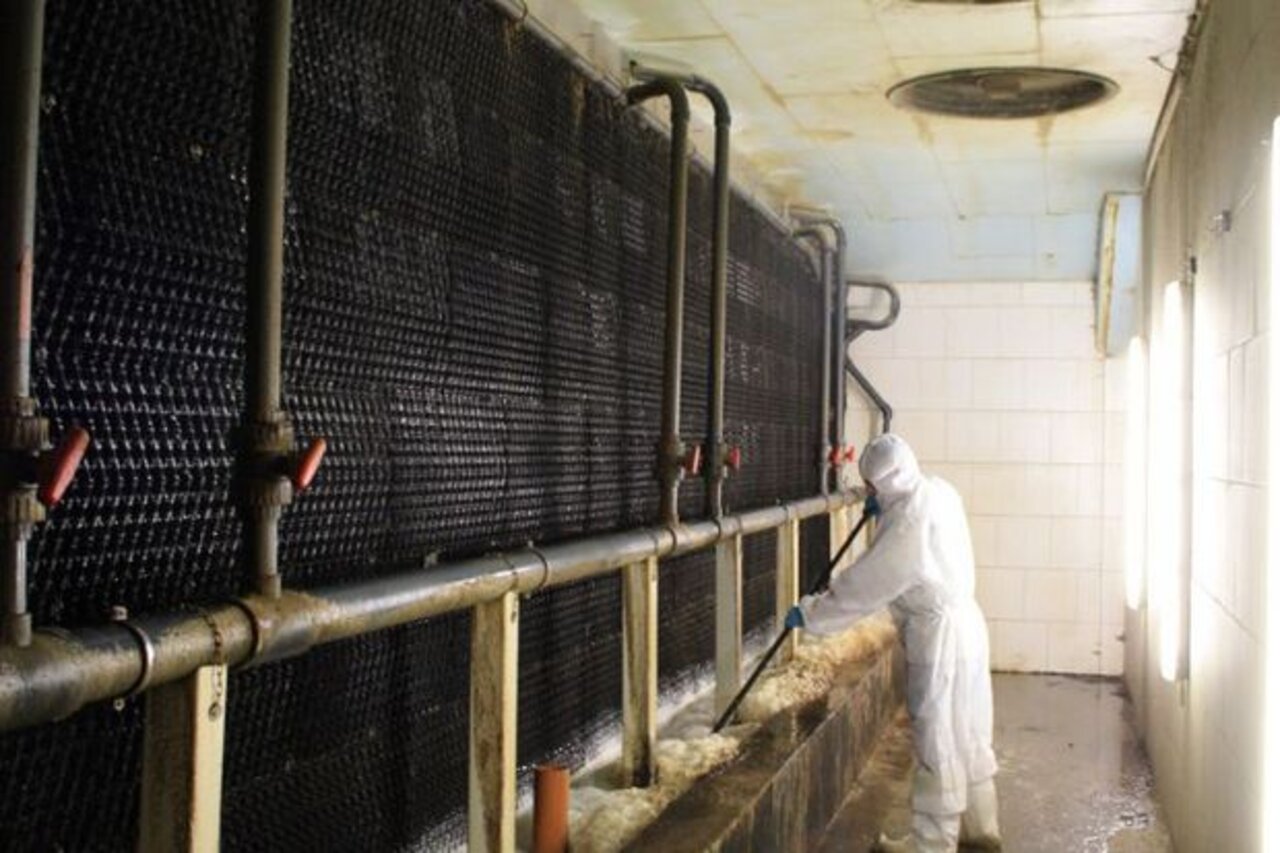Project
LiLa

Examination of Legionella in agricultural exhaust air purification systems
Currently, more than 1000 exhaust air treatment plants are in operation in Germany to reduce emissions in pig and poultry farming. Under certain operating conditions and circumstances, colonization of these air scrubbers with Legionella can not be completely ruled out. We will check that.
Background and Objective
Within the framework of the "Forty-second Ordinance on the Implementation of the Federal Immission Protection Act (Ordinance on Evaporation Cooling Systems and Wet Separators (EvaporkühlV) – 42. BImSchV), it is necessary to ensure that systems are constructed and operated in such a way that contamination of the cooling or washing water by microorganisms, in particular legionella, is avoided according to the state of the art in order to prevent health risks for the population. The BMUB predicts that approximately 20,000 to 30,000 evaporative cooling systems could fall within the scope of the regulation. Although air purification systems are not used for evaporative cooling and are operated differently, it has not yet been sufficiently clarified whether these systems fall within the scope. Exhaust air purification systems are used in livestock farming to separate odours, dusts, ammonia and bioaerosols from the exhaust air of stables. Exhaust air scrubbers, chemo scrubbers, riesle bed reactors and biofilters as well as multi-stage systems with a combination of biological, chemical and physical processes are used. There are currently more than 1,200 exhaust air purification systems in pig and poultry farming in Germany. In some federal states, there are decrees requiring the use of exhaust air purification systems in animal husbandry facilities that require permits under emission protection law. In the course of the recasting of TA Luft, corresponding requirements are planned nationwide. The background to this regulation is the health risk to the population from legionella. The question is whether legionella occurs in certain types of exhaust air purification systems, reproduce under certain circumstances, accumulate in process water, and if water droplets leave the exhaust air scrubbers, so legionella-containing bioaerosols can also enter the environment.
Approach
For verification, both a molecular biological isothermal rapid test for Legionella and an antibody-based rapid test for the identification of serogroups of Legionella pneumophila, which is analytically validated and thus the process water, biofilms and the exhaust air from three representative, properly operated ARAs, are created on the MCR R analysis platform are tested for Legionella within one year. The planned method enables the molecular biological quantification of bacteria of the genus Legionella and the health-relevant pathogen Legionella pneumophila as well as molecular biological tests whether the bacteria found are viable or active or not, as well as antibody-based tests to determine serotypes of Legionella pneumophila that differ in their pathogenicity can. In a further step, this test is used to test a representative cross-section of at least 25 ARA in Germany for Legionella. On the basis of this data, a risk assessment is created, on the basis of which a possible need for action is formulated
Thünen-Contact

Involved Thünen-Partners
Involved external Thünen-Partners
-
Technische Universität München
(München, Freising-Weihenstephan, Deutschland)
Duration
9.2020 - 1.2024
More Information
Funding program: BMFTR - Agrarsysteme der Zukunft
Project status:
finished
Publications on the project
- 0
Schwaiger G, Matt M, Bromann S, Clauß M, Elsner M, Seidel M (2025) Rapid quantification of Legionella in agricultural air purification systems from fattening pig houses with culture-independent methods. Int J Hyg Environ Health 266:114547, DOI:10.1016/j.ijheh.2025.114547
- 1
Schwaiger G, Matt M, Streich P, Bromann S, Clauß M, Elsner M, Seidel M (2024) Standard addition method for rapid, cultivation-independent quantification of Legionella pneumophila cells by qPCR in biotrickling filters. Analyst 149(10):2978-2987, DOI:10.1039/D3AN02207B

![[Translate to English:] [Translate to English:]](/media/_processed_/3/6/csm_Hintergrund-Ausschnitt1_9daaef6b89.jpeg)
![[Translate to English:] [Translate to English:]](/media/_processed_/3/6/csm_Hintergrund-Ausschnitt1_0bd7111163.jpeg)





